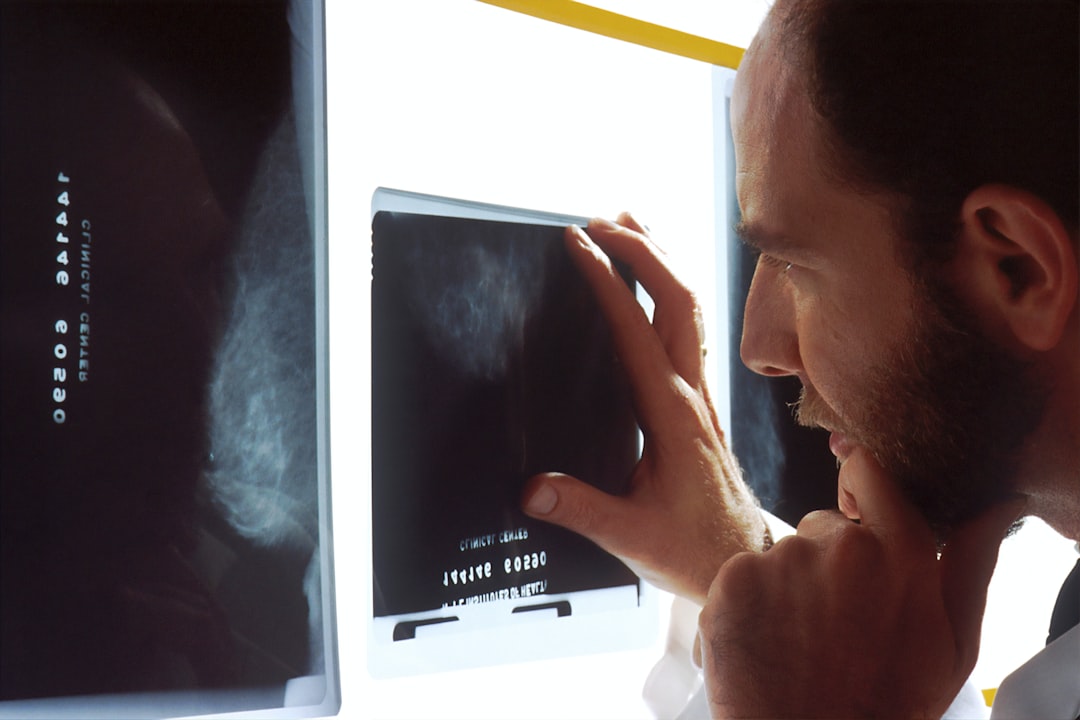What is it about?
The paper describes the Gravity Spy citizen science project. In Gravity Spy, volunteers help improve the performance of the Advanced Laser Interferometer Gravitational-wave Observatory (LIGO) by classifying transient noise events, known as 'glitches', that interfere with observations. This categorization will allow the sources of glitches can be identified and eliminated from the instrument or the data. The paper describes the overall architecture of the system and provides some details of each component: the initial processing of glitches, the user interface, machine learning for classifying glitches, volunteer tracking and support for socio-computational research. The functioning of the system is illustrated with data from the initial run.
Featured Image
Why is it important?
The Gravity Spy system make two advances over the state of the art in online citizen science projects. First, it provides a training regime to introduce new volunteers to the work of classifying glitches. It does this by using machine learning (ML) to do an initial classification of glitches. New users can be given images for which the ML is fairly confident of the classification, which are thus likely to be of the particular class and so good as exemplar from which to learn the class. As well, the classes can be introduced a few at a time rather than all at once. And because the ML is not perfect, it is still useful to have a volunteer, even a beginner, check the results. Second, the set of glitch classes is not fixed: there are new glitch classes to be discovered in the data, and additional classes may emerge as the LIGO detectors are worked on. The work of volunteers therefore includes not only classification but discovery of new classes. At present, support for such discovery is informal, but volunteers have already described two new classes of glitch, showing the potential of this approach.
Perspectives
The system and paper are the products of a collaboration among astrophysicists, detector scientists, machine learning researchers, citizen science system developers and computer-human interaction researchers. Learning to work together has been a times challenging, but in the end very rewarding. The combination has enabled us to explore new kinds of systems, and we believe these approaches will be widely useful.
Kevin Crowston
Syracuse University
Read the Original
This page is a summary of: Gravity Spy: integrating advanced LIGO detector characterization, machine learning, and citizen science, Classical and Quantum Gravity, February 2017, Institute of Physics Publishing,
DOI: 10.1088/1361-6382/aa5cea.
You can read the full text:
Resources
Contributors
The following have contributed to this page










